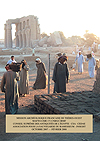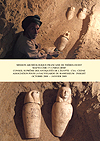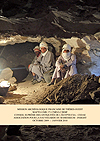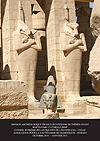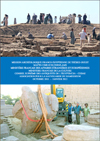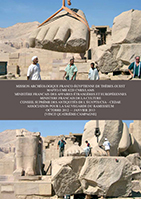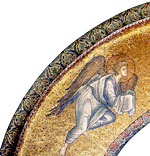Archaeology Worldwide - Archäologie Weltweit
2013 is the UN year of Water Cooperation and therefore we have chosen the topic Archaeology of Water for our first issue of our new magazine "Archaeology worldwide".
The Title Story looks at the technical, social and cultural impacts of the element on societies and cultures. The report focus on the current situation of archaeologists in Egypt. The Silkroad and the famous Göbekli Tepe are further topics.
Happy reading!
"Archaeology worldwide" english version
"Archäologie weltweit" german version








